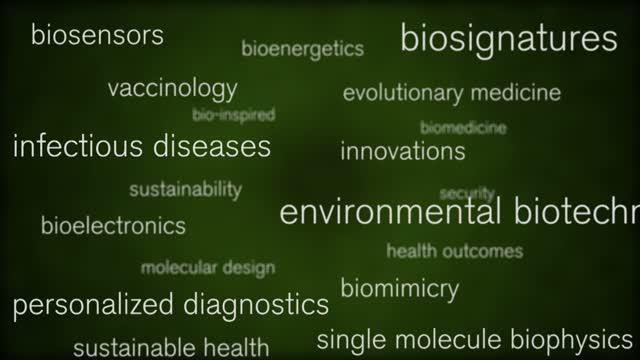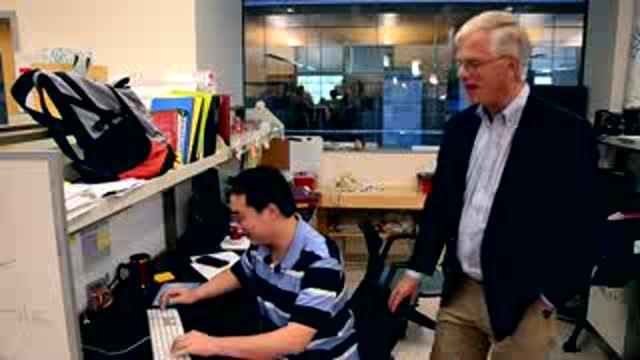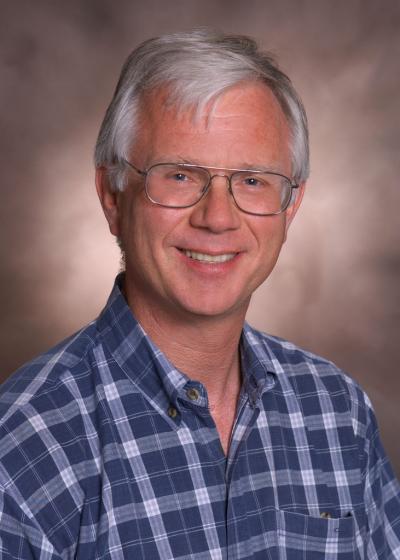Lindsay says that around 50 distinct signal burst characteristics were used in the amino acid identifications, but that most of the discriminatory power is achieved with 10 or fewer signal traits.
Remarkably, recognition tunneling not only pinpointed amino acids with high reliability from single complex burst signals, but managed to distinguish a post-translationally modified protein (sarcosine) from its unmodified precursor (glycine) and also to discriminate between mirror-image molecules knows as enantiomers and so-called isobaric molecules, which differ in peptide sequence but exhibit identical masses.
Pathway to the $1000 dollar proteome?
Lindsay indicates that the new studies, which rely on innovative strategies for handling single molecules coupled with startling advances in computing power, open up horizons that were inconceivable only a short time ago. It is becoming clear that the tools that made the $1000 genome feasible are equally applicable to an eventual $1000 dollar proteome. Indeed, such a landmark may not be far off. "Why not?" Lindsay asks. "People think it's crazy but the technical tools are there and what will work for DNA sequencing will work for protein sequencing."
While the tunneling measurements have until now been made using a complex laboratory instrument known as a scanning tunneling microscope (STM), Lindsay and his colleagues are currently working on a solid state device capable of fast, cost-effective and clinically applicable recognition tunneling of amino acids and other analytes. Eventual application of such solid-state devices in massively parallel systems should make clinical proteomics a practical reality.

This animation shows the basic process of sequencing amino acids in a nanopore, using the technique of recognition tunneling.
(Photo Credit: The Biodesign Institute at Arizona State University)

ASU Regents' Professor Stuart Lindsay discusses the use of
nanotechnology for next-generation protein and DNA sequencing and its
potential impact on personalized medicine.
(Photo Credit: Ken Fagan, Arizona State University)

Stuart Lindsay is the director of the Center for Single Molecule Biophysics at the Biodesign Institute at Arizona Arizona State University.
(Photo Credit: The Biodesign Institute at Arizona State University)






Comments